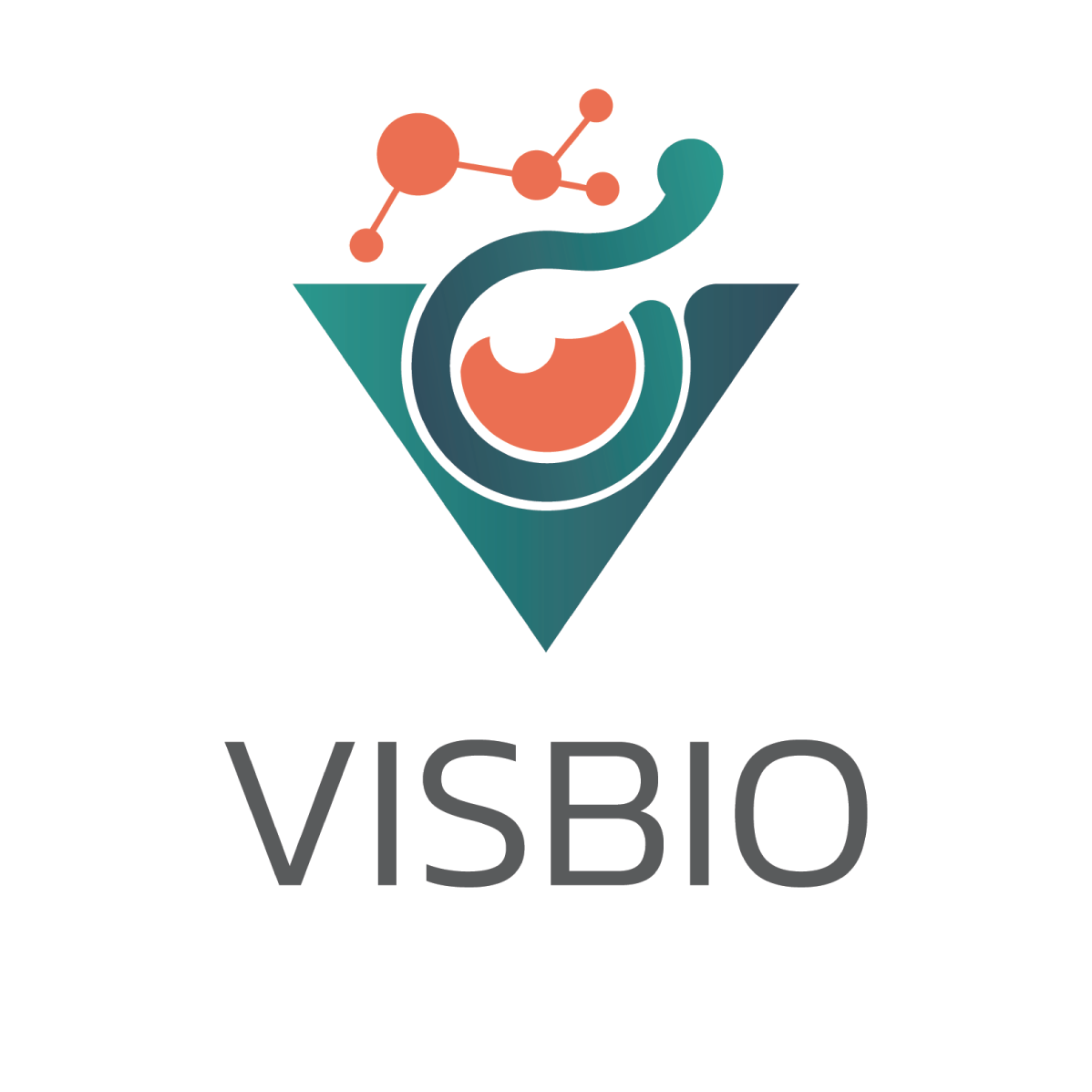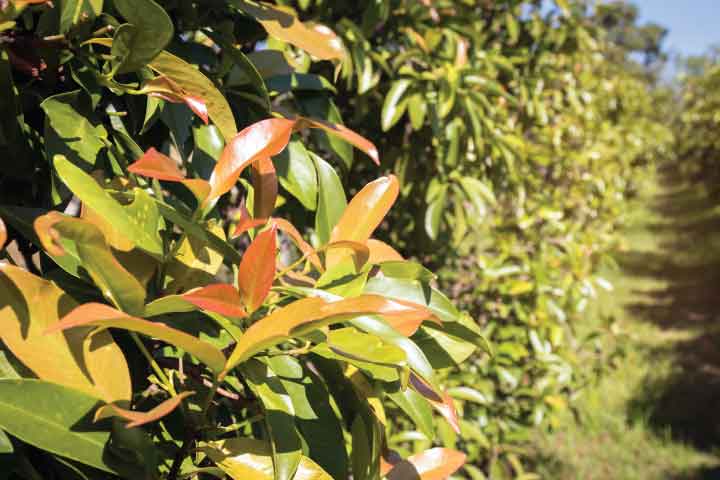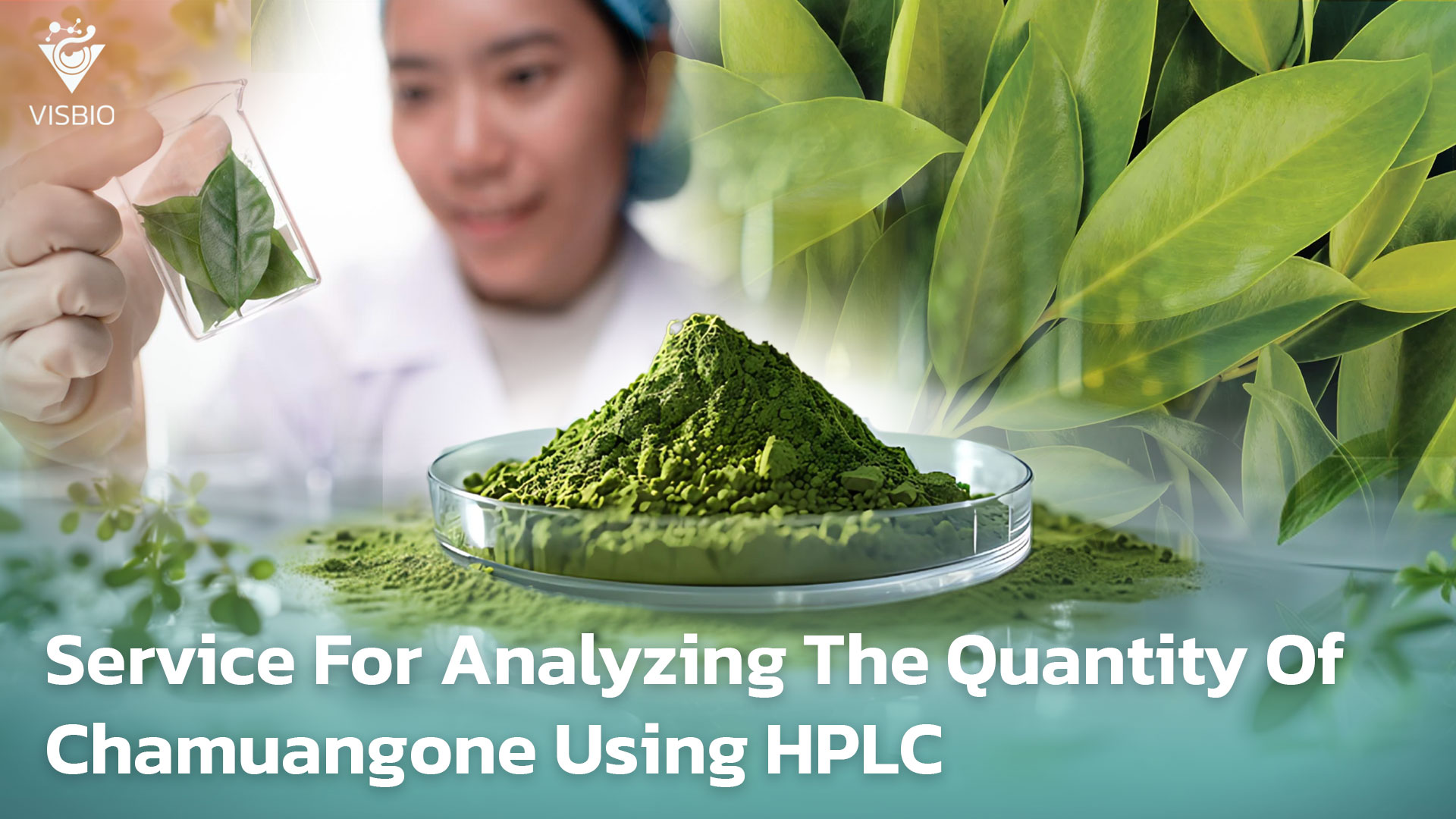
The service provides analysis of the quantity of Chamuangone in various products using High-Performance Liquid Chromatography (HPLC) machine.
VISBIO offers a service to examine and analyze the biomarker content of Chamuangone in all health and beauty products. Chamuangone is an essential compound found in the Tamarind plant, which possesses antibacterial, antifungal, antiviral, anticancer, anti-inflammatory, and antioxidant properties. Therefore, the study of
Chamuangone extraction or the development of products containing Chamuang leaf or its extracts necessitates the need for analyzing the biomarker of this substance through HPLC technique, which is a widely used method for quality control of products. The test report will display the quantity of Chamuangone substance.
What is Garcinia cowa?
Garcinia cowa, also known as “Chamuang” in Thai, has the scientific name Garcinia cowa Roxb. ex DC.
Chamuang is a perennial tree, and its name may vary across different regions in Thailand. For instance, in Udon Thani, it is called “Mak Mong,” in the southern region, it is known as “Kam-uang,” and in Nakhon Si Thammarat, it is referred to as “Som Muang.”
Chamuang is a popular local vegetable commonly consumed in Thai cuisine. Its leaves have a sour taste and can be eaten fresh with chili dip or used as an ingredient in curries. One well-known dish is “Moo Chamuang” (Pork with Chamuang). When the fruit is ripe, it has a sour taste and can also be consumed, but it contains a lot of latex, which can stick to the teeth. Additionally, the yellow bark and latex of Chamuang can be used for dyeing fabrics.
The genus Garcinia has the highest number of species in Thailand, with approximately 29 species. The chemical components of this genus are diverse, such as xanthones found in the yellow latex, which have numerous biological properties, including antibacterial, antifungal, antiviral, anticancer, anti-inflammatory, and antioxidant effects. Besides xanthones, other chemical compounds found in Chamuang include flavonoids, chromones, biphenyls, benzophenones, phloroglucinol, terpenoids, and steroids.
The leaf extracts of Chamuang contain various chemical components, such as flavonoids like vitexin and orientin, which are C-glycosides, as well as phytosterols like beta-sitosterol.
The medicinal properties of Garcinia cowa
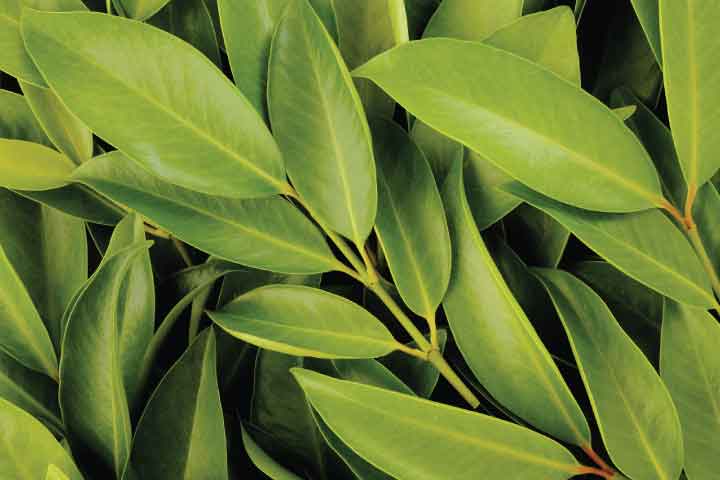
Various parts of the Garcinia cowa tree are used as traditional medicine in the northeastern region of Thailand. They possess medicinal properties, such as:
- Roots: They are mixed with the roots of young Piper sarmentosum, Dioscorea bulbifera, and Scoparia dulcis. The mixture is boiled to make a purgative medicine.
- Stem bark: Soaking the stem bark in water and drinking it can help alleviate stomachaches.
In addition to the above, in Thai traditional medicine, different parts of Garcinia cowa are used to treat various conditions, including:
- Leaves or fruits: They have a sour taste and are used as a laxative, to reduce fever, promote diuresis, and dissolve phlegm.
- Roots: With a sour taste, they help reduce fever and alleviate flatulence.
- Leaves: With a sour taste, they are prepared as a medicine to reduce phlegm and treat coughs.
- Leaves and flowers: Used as a laxative for the stomach, to reduce fever, and dissolve phlegm.
- Fruits: Dried and cut into pieces, they are ingested as a medicine to relieve stomachaches.
What's Chamuangone ?
Chamuangone is a compound found in the extract of the leaves of the “Chamuang” plant. Its molecular formula is C33H42O4, and it possesses high nonpolar properties. Chamuangone is known for its various pharmacological effects, including antioxidant, antiviral, antifungal, and antibacterial properties. It has been found to combat Helicobacter pylori, a bacterium responsible for gastrointestinal diseases, and also helps inhibit.
Propionibacterium acnes (P. acnes), which causes acne. Moreover, it enhances the body’s immune system and has anti-inflammatory properties by suppressing the release of inflammatory mediators such as Nitric oxide (NO), Prostaglandin E2 (PGE2), Tumor necrosis factor-α (TNF-α), and Interleukin (IL)-4.

Notably, Chamuangone is also believed to have anticancer effects by being toxic to cancer cells, such as lung cancer and leukemia cells. Therefore, there is potential for further research and development in the field of chemical synthesis and anticancer properties of Chamuang leaf extracts, aiming to create effective cancer treatments in the future.
Chamuangone in the Nutraceutical Industry
Chamuangone possesses numerous pharmacological properties, such as antioxidative, antiviral, antifungal, antibacterial, anti-inflammatory, and anticancer effects. It has the ability to boost the body’s immune system. Chamuangone is known to have cytotoxicity against cancer cells, leading to the development of dietary supplements extracted from chamuang leaves to help reduce the risk of lung cancer and leukemia.
An example of the analysis of Chamuangone using High-Performance Liquid Chromatography (HPLC) technique is available.
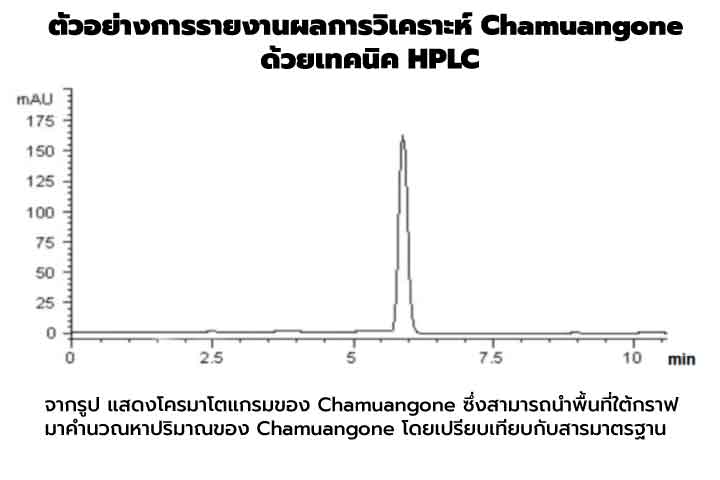
For more information, please contact VISBIO, our company provides services for the examination and analysis of the biomarker Chamuangone from chamuang leaves extract, dietary supplements containing chamuang leaf extract, or herbal products with chamuang leaf extract, as well as pharmaceutical products containing chamuang leaf extract using the HPLC technique. If you are interested in examining and analyzing the biomarker, feel free to contact the company through any available means.
Literature:
- ฐานข้อมูลเครื่องยาสมุนไพร, คณะเภสัชศาสตร์ มหาวิทยาลัยอุบลราชธานี.
- ชุติโชติ ปัทมดิลก, จตุพล เหลี่ยงสกุล, สุพจนา สิทธิกูล,รุทธ์ สุทธิศรี, องค์ประกอบทางเคมีของชะมวง (Garcinia cowa Roxb. ex DC.) และความเป็นพิษต่อเซลล์มะเร็ง, วารสารวิชาการ ปขมท. 8(2): 99 – 108
- ภาคภูมิ พาณิชยูปการนันท์, พิรุณรัตน์ แซ่ลิ้ม, สุปรียา ยืนยงสวัสดิ์, ผลิตภัณฑ์จากสารสกัดชะมวงโอนที่สกัดด้วยน้ำมันรําข้าวสําหรับป้องกันโรคมะเร็ง, สถานวิจัยความเป็นเลิศยาสมุนไพรและเทคโนโลยีชีวภาพทางเภสัชกรรม คณะเภสัชศาสตร์ มหาวิทยาลัยสงขลานครินทร์
- Panichayupakaranant, Pharkphoom & Sakunpak, Apirak & Matsunami, K.. (2017). Isolation of Chamuangone, a Cytotoxic Compound against Leishmania major and Cancer Cells from Garcinia cowa Leaves and its HPLC Quantitative Determination Method. Journal of Cancer Research Updates. 6. 38-45. 10.6000/1929-2279.2017.06.02.3.
